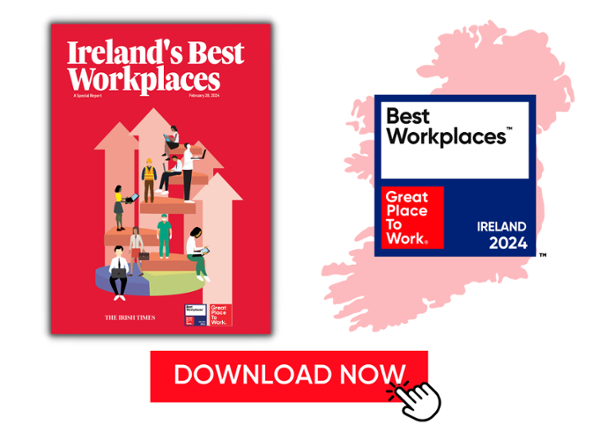Most organisations have a business strategy that relies on the skills and capabilities of their people to be realised, but do they have a people strategy in place? If people are our greatest asset, then we must ensure they are retained, engaged, developing, and invested in the success of the company. If we want to reach our goals as a business, we need to create a culture that enables success. In this article, we will help you get started on developing your own people strategy with these 7 principles.
1. Link your People Strategy with your Business Strategy
Your business strategy is your roadmap, and it is your people who will get you to your destination. Should you have a business model that relies on high levels of innovation, building a people strategy that encourages ownership and involvement in personal development is vital. If customer experience is the priority, quality of hires, customer service training and performance tracking will be key. Your people strategy then should be developed to match the needs of the business as it strives to reach its objectives.
2. Determine What You Want to Accomplish
What kind of culture do you want to create? What programmes, policies and frameworks will support the business in reaching its goals? The responses to these questions should inform your people strategy, and your people strategy should support your overarching business strategy.
Draw on leadership perspectives or employee survey data to identify the key areas you will focus on. Examples could include development, wellness, communication, and other areas which contribute to the employee experience and company success. Work to develop tangible actions rather than ideals.
3. Decide How You Will Track Your Progress
A good strategy should involve measurements of success. Should your people strategy involve internal communication, you will want to ensure you are tracking the reach of your messaging. If development is a priority, you will need to establish meaningful performance metrics.
Remember, while we want to support our people, we also need a return on our investment for the strategy to be sustainable. Measuring the efficacy of your initiatives ensures the business and its employees are truly benefiting from the resources available.
4. Create Upward Communication Opportunities
In a high-trust organisation, employees are more likely to offer genuine, constructive feedback. Create avenues for employees to offer insights on your proposed strategy. This could involve surveys, focus groups or 1:1’s, just ensure you gather a broad range of perspectives.
Feedback from the people at the centre of the strategy can help identify potential issues or inclusions which could enhance your programmes. Seeking feedback early also ensures staff will feel they have played an active part in shaping the strategy and will be more likely to engage with it.

5. Enlist Your Champions
In our experience, employees relish opportunities to get involved. Enlist the help of an individual or team who can champion the associated programmes related to components of your strategy. Some organisations find enlisting future leaders in this area supports their development.
This will likely be a necessary approach if you are working in a small organisation, with few resources to spare. Before you commit to launching any new initiative, ensure it is achievable with few resources available to you, sustainability is key.
6. Develop an Internal Communication Plan
Whatever strategy you determine, you will need to develop an internal communication plan to share it with the group. Rather than simply relay the components of your people strategy, take efforts to include explanations for each element. An informed workforce is an engaged workforce.
Create visuals that illustrate your strategy and give an informative presentation at an upcoming town hall. You can also utilise videos, your newsletter or any other widely used communication tool. The more channels you communicate through, the more visible your strategy is.

7. Review, Review, Review
Because you have been tracking the progress of your people strategy pillars, you will be able to gauge what is and isn’t working. You can also return to your feedback channels with your data to gather perspectives on the potential causes and remedies for the issues.
The need to reconsider and change a strategy doesn’t imply failure, a willingness to learn and adapt is what will contribute to the success of your business. Set a time where you will review the progress of your strategy and be honest about what is and isn’t benefiting the organisation.
More resources:
Looking for a tried and tested measure to get to the heart of your employee’s experiences? We are here to help.
Our Trust Index© Employee Survey can provide you with deep insight and our team can help your organisation translate your new knowledge into bottom-line improvements.
To find out more about how we can help you reach your goals, get in touch with our team today.

About Great Place to Work®
Great Place to Work® is the global authority on workplace culture. We help organisations quantify their culture and produce better business results by creating a high-trust work experience for all employees. We recognise Great Place to Work-Certified™ companies and the Best Workplaces™ in more than 60 countries.
To join the thousands of companies that have committed to building high-trust company cultures that help them attract, retain and take care of their people, contact us about getting Certified today.

